Fiberglass insulation contains numerous fine glass fibers and is often used as an insulating material because it is inexpensive and you can install it easily. But, does yellow insulation contain fiberglass? We researched the topic, and this is what we discovered.
Typically, yellow insulation contains fiberglass. The resin-based binder used to hold the woven glass fibers together determines the insulation's color. To determine if the yellow insulation contains fiberglass, expose it to bright light. If the insulation is made from fine glass fibers, it will have a little flicker under a glaring light.
Now that you already know yellow insulation contains fiberglass read on to determine when to replace fiberglass insulation, how to identify fiberglass insulation, and the properties of fiberglass insulation.
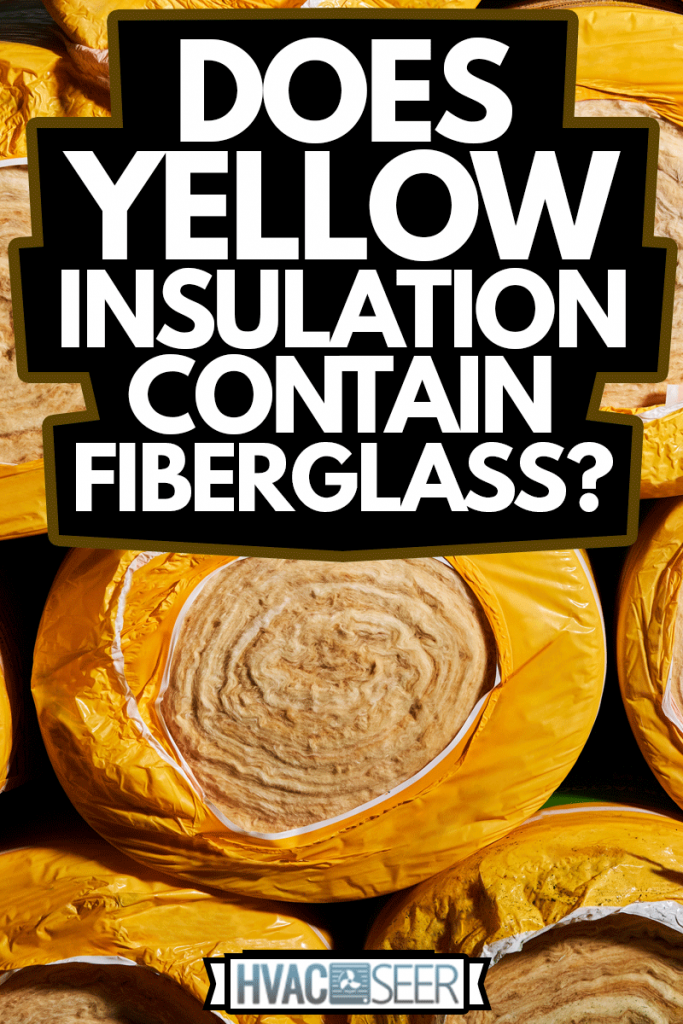
How to identify fiberglass insulation
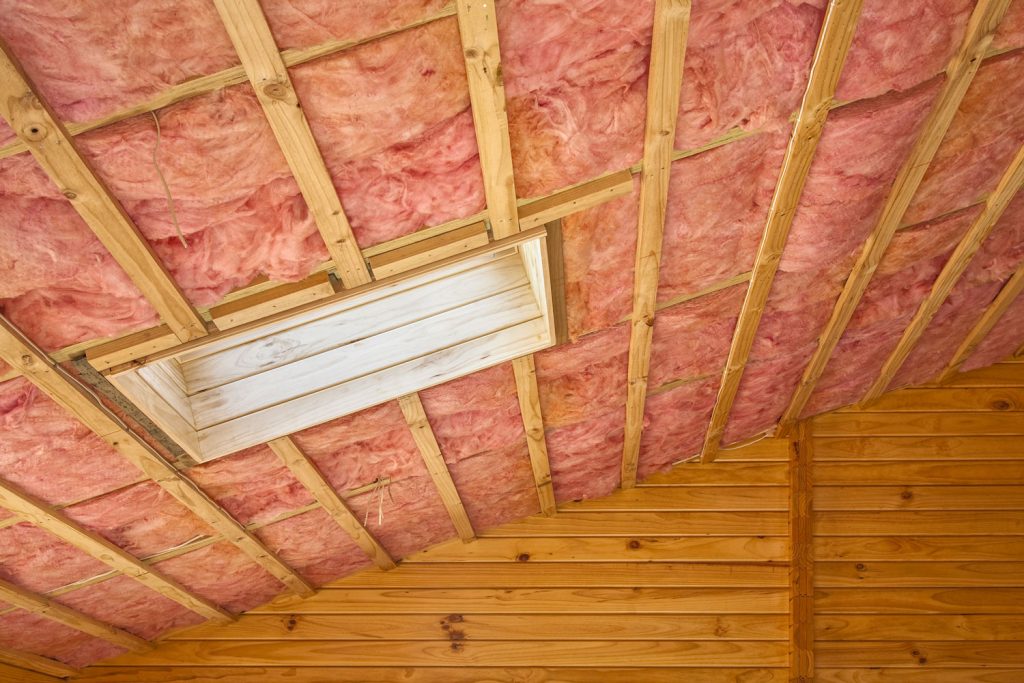
Color is essential in marketing and branding as it influences a customer's first impression. Thus, fiberglass insulation manufacturers use different colors to mark their brand of batt insulation. However, color does not affect the insulation's effectiveness and cannot determine which insulation is superior to the rest since they are all functionally identical.
Typically, the color of insulation has no relationship with the material it is made from. Rather, the resin-based binder used by the manufacturer to secure the glass fibers together determines the product's final color. Therefore, for yellow insulation, the manufacturers use yellow resin.
If insulation is made from fiberglass, it will slightly shine when exposed to bright light since it is made of fine glass. Glass contains phosphor that glows when UV rays hit it. Additionally, fiberglass insulation is very soft.
When should you replace fiberglass insulation?
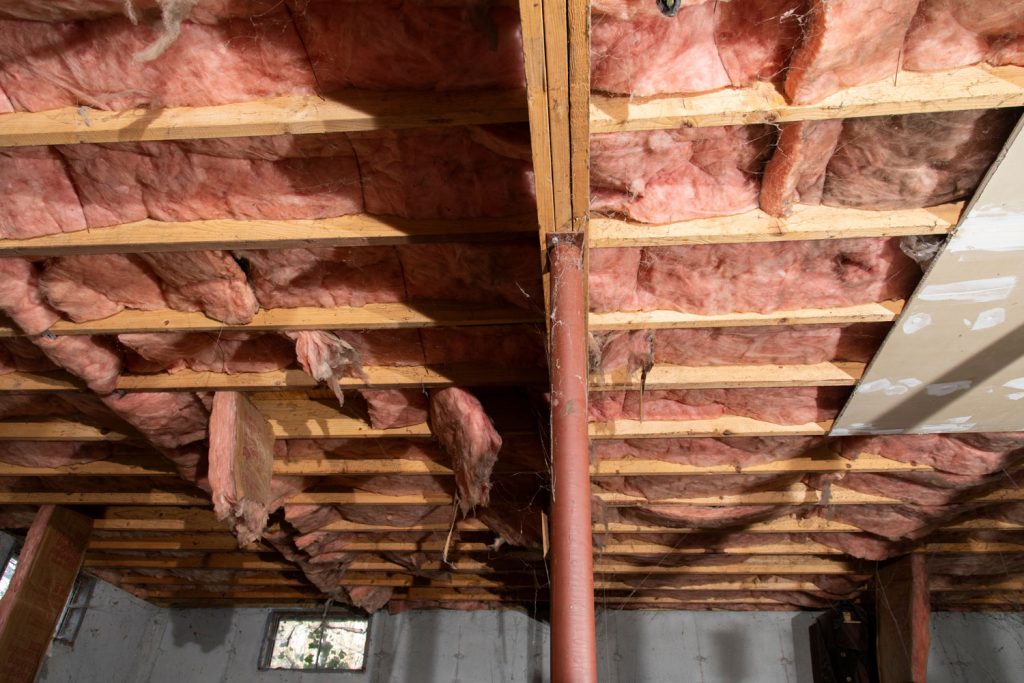
Although fiberglass insulation is efficient and cost-friendly, it eventually wears out and needs to be replaced. If it is not damaged, the insulation can last 80 to 100 years. However, the efficiency of fiberglass insulation batts can start dwindling 15 to 20 years after installation, thus needing replacement.
Damaged or worn insulation is less effective, hence increasing your heating and cooling costs. If you notice any of the following, it is advisable to schedule a home energy audit.
- Your energy bill rises gradually and significantly over a short period of time.
- The temperature in your house keeps changing depending on the external weather conditions. You may also experience considerable temperature differences from one room to another.
- It takes more time and more energy to achieve the desired temperature. Moreover, you cannot maintain the desired temperature when it is achieved.
- Your whole house or certain rooms in the house are drafty. Typically, fiberglass insulation will form a black stain as it traps dust in the area with the air leak. Dust reduces the insulation's efficiency.
- Condensation or other moisture issues keep recurring. High moisture levels reduce the effectiveness of insulation and undermine your home's structural integrity. Furthermore, if insulation is damaged or ages, it can create a favorable breeding ground for mold and other allergens that can trigger allergies. Consequently, those in your household may develop respiratory complications.
- If the insulation appears to be wet, thin, or falling off, it might be time to replace it.
A home energy audit will help you comprehend your home's energy use, comfort, and safety. Similarly, it can help you identify areas in your home that are energy efficient. It can also help you prioritize energy-saving home improvements, thus conserving energy and improving the comfort of your home.
Factors that can damage fiberglass insulation
These factors can notably reduce the effectiveness of your fiberglass insulation or even damage it.
- Your home has been subject to severe weather events such as floods or fire. Water has a higher thermal conductivity than fiberglass insulation. Therefore, when the insulation gets soaked, its thermal conductivity rises, reducing its ability to resist heat flow.
- If the insulation is not installed correctly, it will become damaged over a short period. For instance, adding an extra layer of faced insulation to boost the R-value will trap moisture between the insulation layers. The insulation will become ineffective and promote mold build-up, which will eventually cause allergic reactions among those in your household.
- For older homes, the required r-value may have changed over time due to changes in climatic conditions. Therefore, you would need to upgrade the insulation to achieve the required r-value and, consequently, the desired comfort level.
- If the insulation is not covered and exposed to dust, its efficiency deteriorates as it accumulates.
- Fiberglass batt insulation, often used in many homes, is subject to natural wear, requiring reinforcement over time.
Benefits & Risks of fiberglass insulation
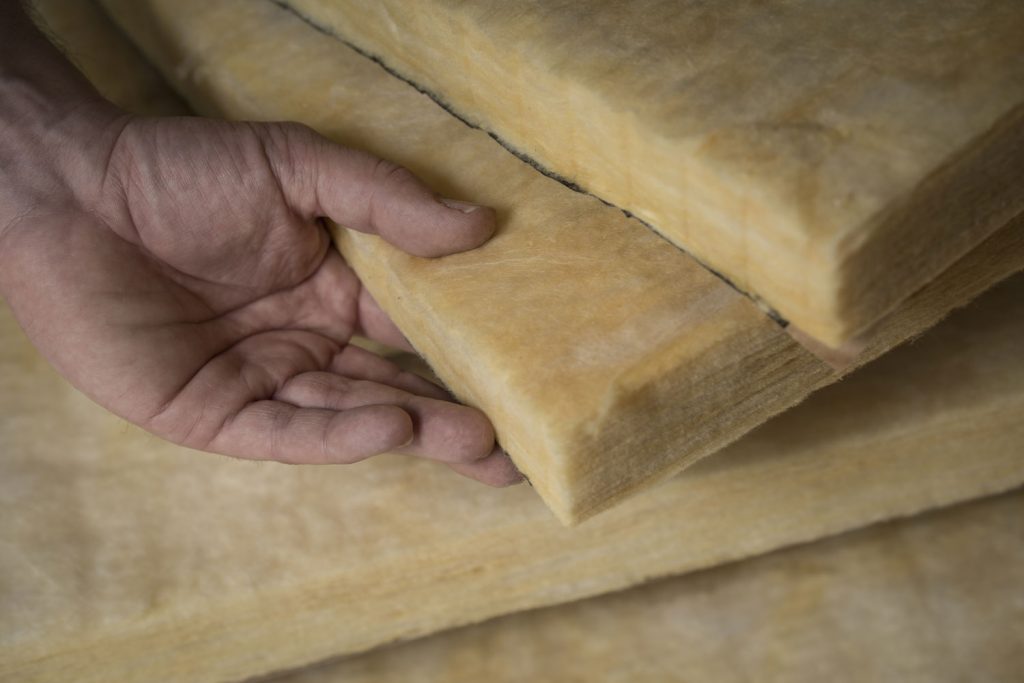
Fiberglass insulation is a common go-to insulation material because of the benefits derived from its use. However, besides the benefits, there is risk exposure if you opt for this type of insulation, as discussed below.
Benefits
- It gives you value for your money since it assures you better performance for less money.
- Installing fiberglass insulation is very DIY-friendly. Because there are different widths and thicknesses available, you can easily choose the required r-value depending on your local building codes. Moreover, this insulation easily rolls out into walls, floors, or ceilings, ensuring a faster and cleaner installation.
- The insulation is effective in containing a fire. Fiberglass is fire-resistant; it hinders the spread of the fire, thus increasing the escape time available for you and your loved ones, and also contains fire damage to your home.
- The insulation reduces the noise coming in from outside and noise traveling from one room to another. Fiberglass is very efficient at dampening noise which can be very beneficial if you live near a busy road or have kids who need silence when going to sleep as the rest of the family stays awake.
- Fiberglass insulation is made from a significant portion of recycled materials. This reduces waste and conserves natural resources that would otherwise be dedicated to growing natural fibers.
Risks
- Fiberglass releases tiny particles into the air when it is tampered with. Additionally, if the insulation is not properly covered, these particles can get into air vents and disperse through the building. If inhaled, these particles can irritate the respiratory tract, albeit temporarily. As a result, you may experience a persistent cough or wheezing.
- If fiberglass strands come into contact with bare skin, the sharp edges of the strands can irritate the skin. Itching can create tiny cuts. Although the effects will be temporary, they can be quite uncomfortable.
- Rather than eliminate airflow completely, fiberglass insulation still allows outside air to enter your home. The airflow can cause the breakdown of the insulation over time. It can also cause the insulation to move from where it was initially installed. Further, you may incur higher energy bills when regulating the temperatures in your home.
- Fiberglass insulation can trap dust, humidity, and other allergens. Those in your household can develop allergic reactions from inhaling the allergens if the insulation is left in place over time.
Recommended use of fiberglass insulation
Take note of these recommendations to get the maximum benefits from your insulation:
- It is not advisable to use fiberglass batts to insulate most floors. Rather, use blown fiberglass insulation to fill the cavities of a floor above a garage or over outdoor air, such as a crawl space. Ensure that the cavities are completely closed.
- If you still opt for fiberglass batts to insulate floors exposed to outdoor temperatures, ensure that the batts are in contact with the subfloor at the top of the cavity and are tightly secured. Further, inspect the batts regularly to confirm that they haven't fallen off due to gravity.
- You can either use batts or blown fiberglass insulation on walls. When working with batts, cut them around obstructions such as pipes and junction boxes. It is advisable to put the cut out behind the junction box to achieve maximum protection.
- It is recommended to use blown insulation to fill the ceiling joist cavities. Ensure that the blown insulation achieves the required R-value for maximum efficiency. If you insulate your ceiling with fiberglass batts, make sure that the batts are the same thickness as the depth of the joist cavities. You can reinforce the insulation either by running additional batt layers perpendicular to the joists or blowing insulation on top of the initial layer.
In closing
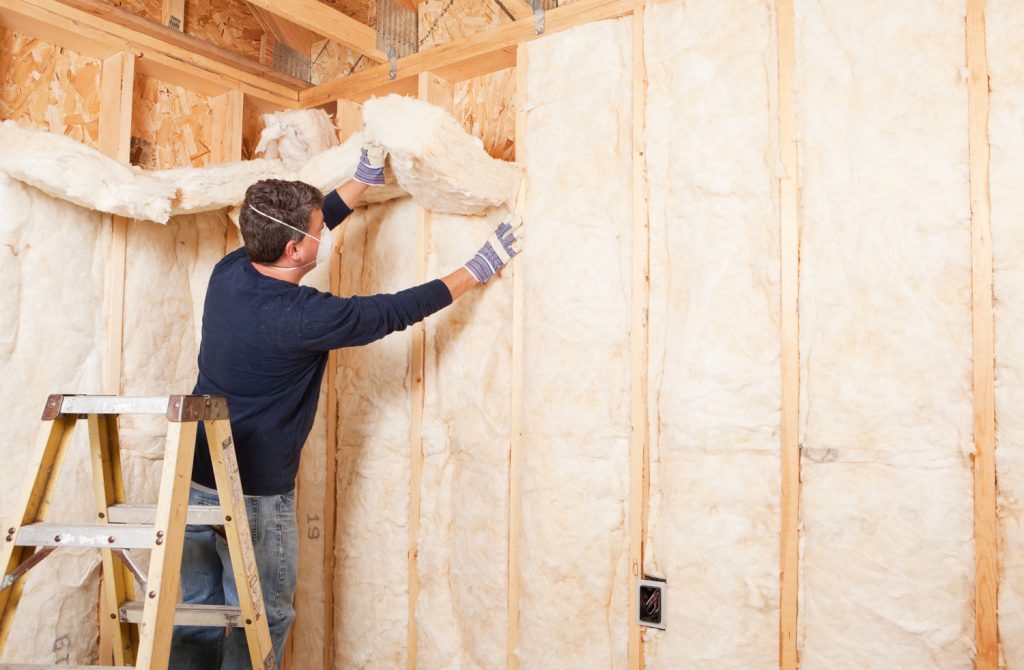
Fiberglass insulation is commonly used to keep a comfortable temperature in your home and keep the air clean and healthy. You cannot use the color of the insulation to determine the type of material it is made from or its effectiveness.
Color is often used to brand the type of insulation manufactured by a certain company. Regardless of the color, be it yellow, white, or any other color, the insulation batts are functionally identical.
When handling fiberglass insulation, you should wear protective clothing such as gloves, masks, and goggles. If inhaled, it can cause allergic reactions such as coughing and wheezing. Moreover, direct contact with the skin can irritate the skin and cause itching.
Check out our other articles on insulation:
Does Insulation Prevent Or Cause Condensation?
Denim Insulation Vs. Mineral Wool (Rockwool) – Which To Choose?
